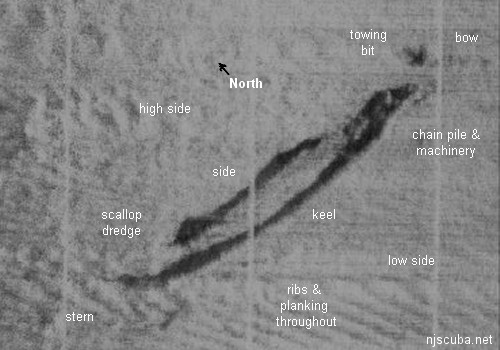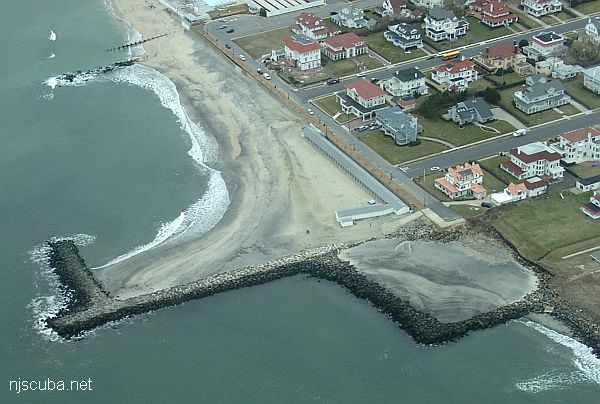Manasquan Dive Sites (1/11)
More: Manasquan Dive Sites Chart ...
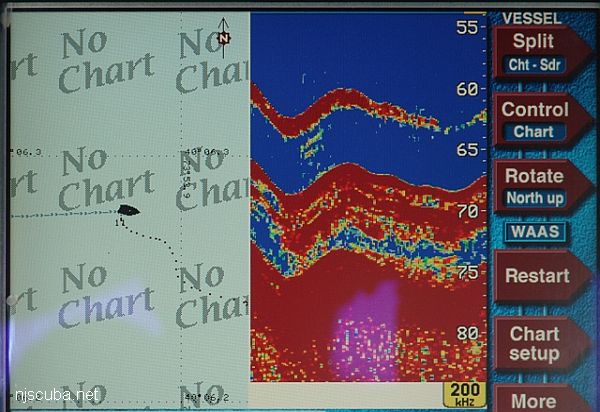
- Type:
- shipwreck, scallop dredge, USA
- Built:
- 1968, St Augustine FL USA
- Specs:
- ( 64x20 ft ) 48 tons
4 crew - Sunk:
- Thursday June 29, 2006
collision in fog - 2 casualties - Depth:
- 75 ft
More: Alex Mac ...

- Type:
- shipwreck, barge / schooner barge
- Specs:
- 1313 tons
- Sunk:
- Thursday January 26, 1933
four casualties - Depth:
- 75 ft
More: Anastasia ...
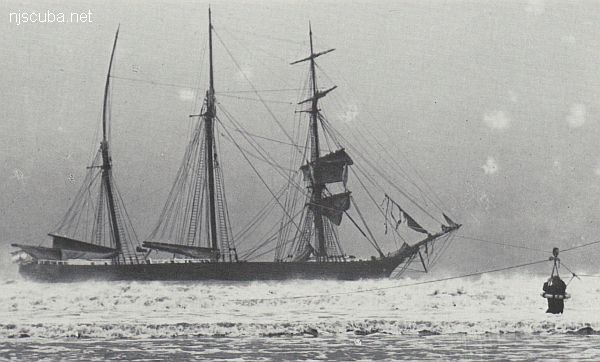
- Type:
- shipwreck, sailing ship, USA
- Built:
- 1876
- Specs:
- ( 180 ft ) 986 tons, 10 crew
- Sunk:
- Friday March 27, 1914
ran aground - no casualties - Depth:
- 20 ft
Probably sanded-in by beach restoration work
More: Antioch ...
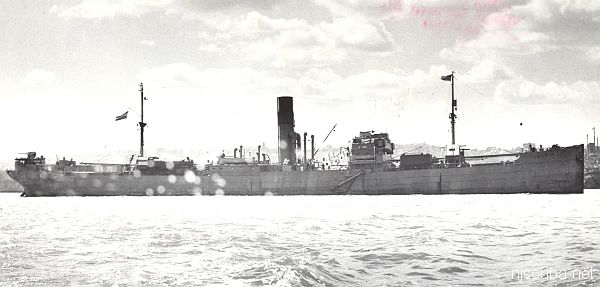
Note the locomotives on deck, foreward of the aft mast.
- Type:
- shipwreck, freighter, Netherlands
- Built:
- 1930, New Castle England, as Petersfield
- Specs:
- ( 412 x 55 ft ) 5163 gross tons, 43 crew
- Sunk:
- Tuesday April 28, 1942
torpedoed by U-136 - 6 casualties - Depth:
- 140 ft max; 110 ft min; 125 ft typical
More: Arundo ...
2.0 Nautical Miles off Mantoloking
Depth: 65-80 ft [download]
More: Axel Carlson Artificial Reef ...
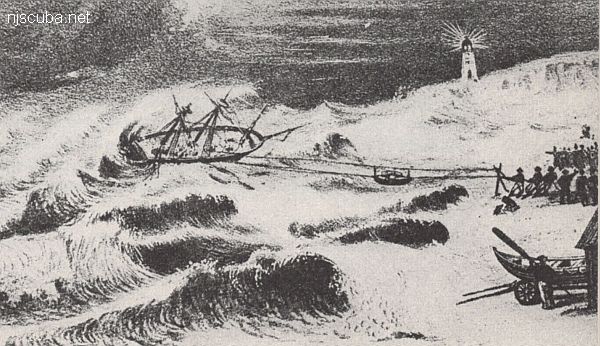
- Type:
- shipwreck, sailing ship, England
- Sunk:
- Saturday, January 12, 1850
grounded in storm - 1 casualty
More: Ayrshire ...

